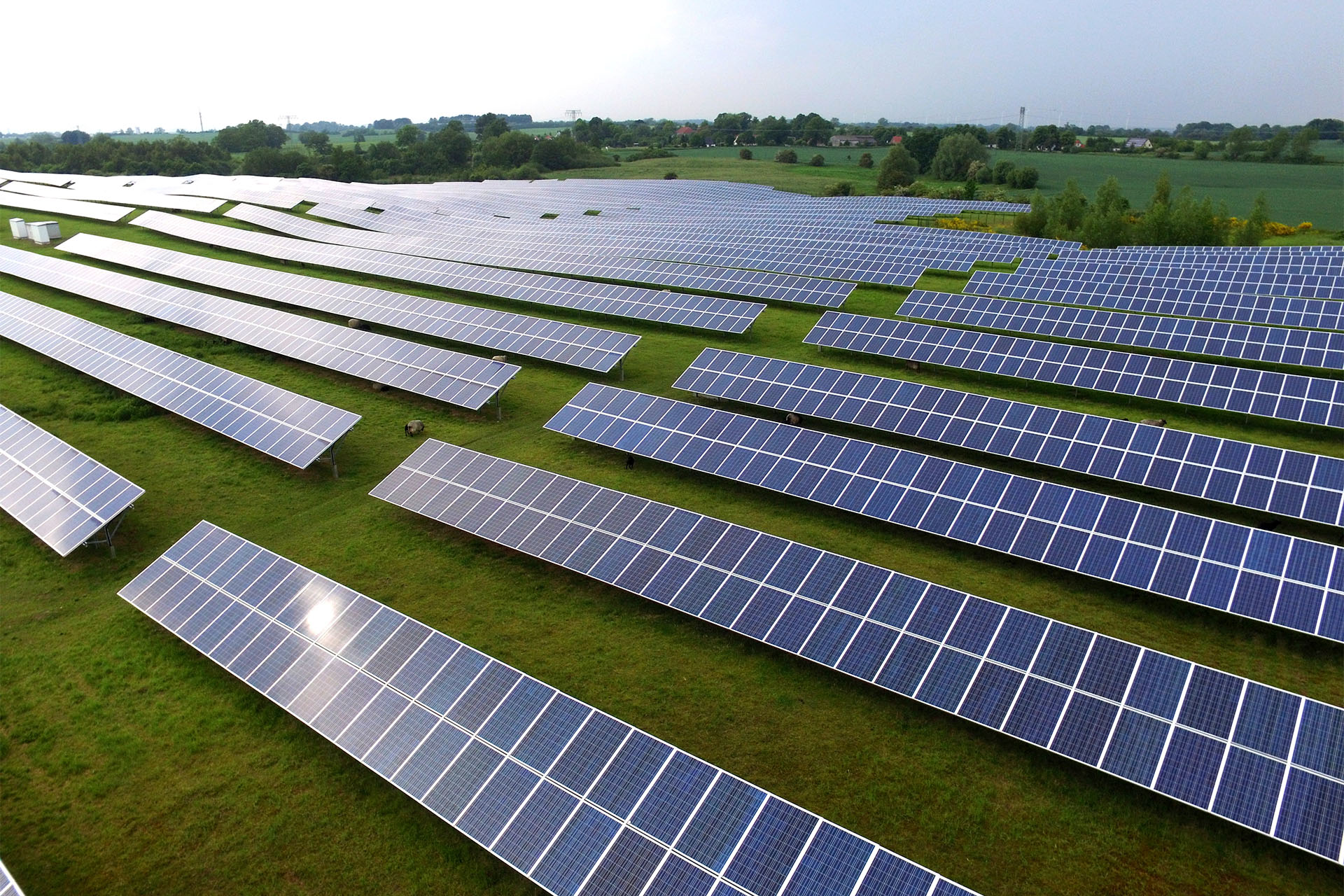Loan vs. Grant
North Avenue Capital Explains the USDA Rural Energy for America Program

About the U.S. Department of Agriculture (USDA) Rural Development Program
At a Glance

USDA REAP Loans
AMOUNTS
$2 Million* - $25 Million
STRUCTURE
Up to 30-Year Loan

USDA REAP Grants
AMOUNTS
$1,500 – $1 Million
STRUCTURE
Up to 50% of Project Cost
Eligibility for
USDA REAP Loans vs. Grants
ELIGIBILITY FOR USDA REAP LOAN PROGRAM
ELIGIBILITY FOR USDA REAP GRANT PROGRAM
Funding Structure of
USDA REAP Loans vs. Grants
ELIGIBILITY FOR USDA REAP LOAN PROGRAM
ELIGIBILITY FOR USDA REAP GRANT PROGRAM
Funding Limits & Project Costs of USDA REAP Loans vs. Grants
FUNDING LIMITS/PROJECT COSTS FOR USDA REAP LOAN PROGRAM
Under the REAP Loan Program, loan guarantees are available for up to 75% of the total eligible project costs. While the minimum loan program amount is $5,000, NAC’s loan minimum is set at $2 million. The maximum program amount for a REAP Loan is $25 million. However, it’s important to note that while the USDA guarantees the loan, the actual loan amount is determined by the participating lender. The borrower is responsible for financing the remaining project costs not covered by the loan. Loan terms will not exceed 30 years.
USDA REAP Loans: $5,000 – $25 million*
*USDA REAP Loans start at $5,000, but North Avenue Capital participates in the program starting at $2 million.
FUNDING LIMITS/PROJECT COSTS FOR USDA REAP GRANT PROGRAM
In contrast, the REAP Grant Program offers varying levels of funding, depending on the size and nature of the project. Grants can cover up to 50% of total eligible project costs; the passage of the Inflation Reduction Act in April 2023 increased this from 25%. However, there are minimum and maximum grant amounts set by the USDA and vary based on usage. Grants can be used for renewable energy systems or energy efficiency improvements.
Grant Minimums and Maximums*:
Renewable Energy System Grants: $2,500 – $1 million
Energy Efficiency Grants: $1,500 – $500,000
*Amounts based on total eligible project costs.
Applicants can apply and receive both a USDA REAP Loan and a USDA REAP Grant. Combined grant and loan guarantee funding can cover up to 75% of total eligible project costs.
Contact Us Today
Send all questions, inquiries, and projects to [email protected].